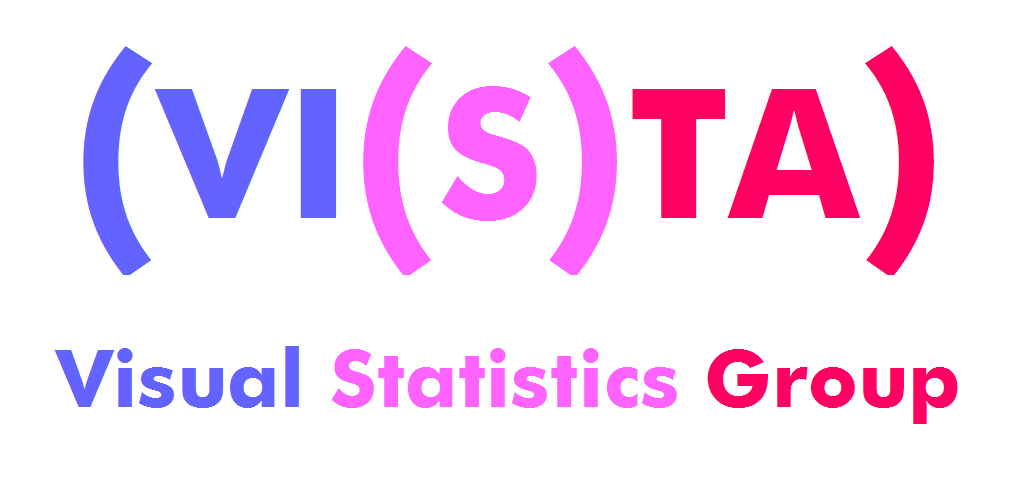|
| Gain control for the chromatic channels in JPEG2000 | |||
| Y. Navarro, J. Rovira, J.
Gutiérrez
and J. Malo Proc. of the 10th Intl. Conf. AIC Vol.1, pp. 539-542 (2005) |
|||
|
|
|||
| Abstract
The first attempts to use human vision models in tranform coding were too simple: the original JPEG standard [Wallace91] used the block-DCT as the first stage of the perceptual representation and a simple linear approximation of the second stage was used to design bit allocation (using achromatic and chromatic CSFs). It has been reported that more accurate approximations of the second non-linear stage significantly improve the JPEG results [Daly90, Watson93, Malo95, Malo99, Malo00, Malo01, Epifanio03]. The new standard JPEG2000 uses wavelets in the first linear stage; and it incorporates more complex expressions, yet not exact, for the non-linear stage [Daly02]. In particular, in addition of the simplest linear model, it allows point-wise non-linearities and simplified versions of the divisive normalization. The major problem found in using the most accurate version of divisive normalization is the mathematical complexity of its inversion. This is why the standard just uses simplified versions of the non-linearity. However, recently, a robust and fast algorithm to invert the exact expression of divisive normalization has been derived and used in the DCT context [Malo04]. Accordingly, significant improvements in rate-distortion performance have been found for achromatic images. In this work we extend the above method [Malo04] to color images in wavelet representations as an alternative to JPEG2000. |
|||
|
|
|||
| Keywords: Color vision. Opponent Channels. Wavelets. Gain control. Masking. Color image coding. JPEG 2000. References: 18 |
|||
|
|
|||
|
|
